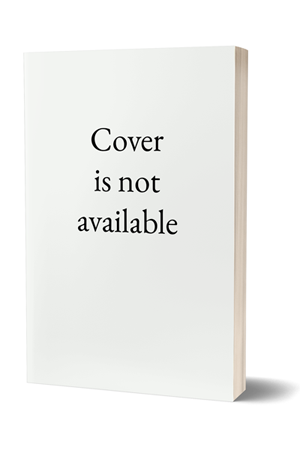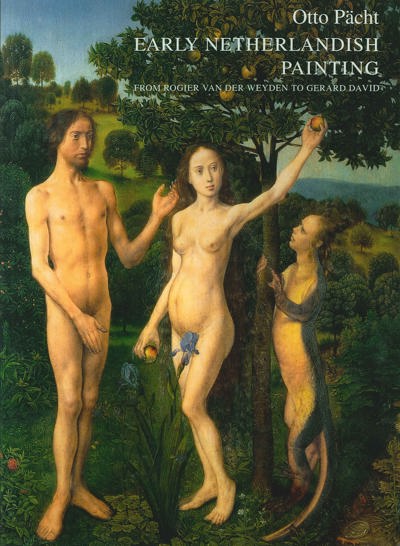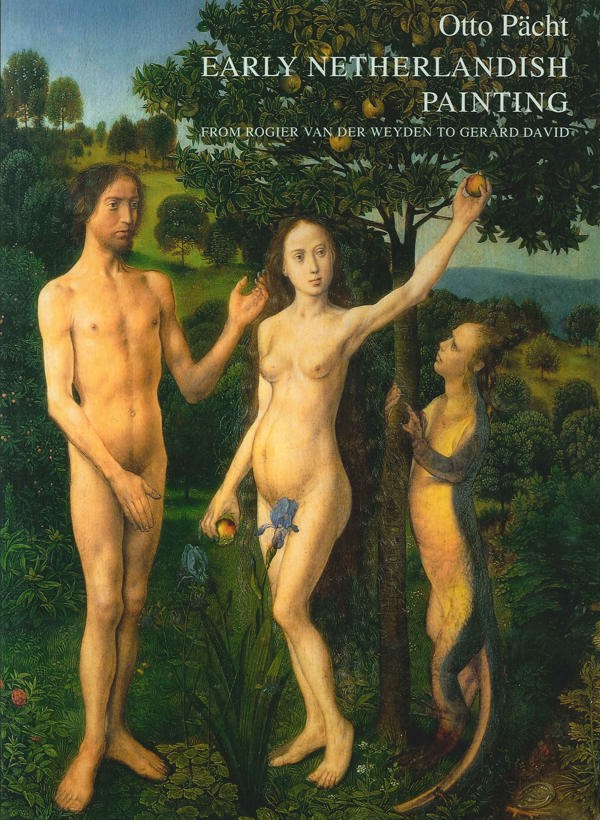
Early Netherlandish Painting from Rogier van der Weyden to Gerard David
Otto Pächt
(auth)
Monika Rosenauer (ed)
- Pages: 264 p.
- Size:210 x 280 mm
- Language(s):English
- Publication Year:1997
- € 75,00 EXCL. VAT RETAIL PRICE
- ISBN: 978-1-872501-84-0
- Hardback
- Available
Otto Pächt examines the great Netherlandish painters of the 15th and early 16th century by putting emphasis on formal analysis and on direct contact with the works of art themselves, and by discussing every facet of the works including style, mood, iconography, symbolism and construction of space.
"Otto Pächt's [...] impressive study of early Netherlandish painting is both compelling and useful. [...] Like the first volume, beautiful and copious illustrations reinforce Pächt's observations." (Thomas Stanton, in Historians of Netherlandish Art Newsletter, May 2000)
Otto Pächt's studies of the Early Netherlandish painters are the fruit of a lifetime's research. Following his book on the brothers Van Eyck and their circle, this volume deals with the next generation of artists, the great figures of the 15th and early 16th century: Rogier van der Weyden, Petrus Christus, Aelbert van Ouwater, Dieric Bouts, Justus van Gent, Hugo van der Goes, Geertgen tot Sint Jans, Hans Memling and Gerard David. In the tradition of the Vienna School, Pächt's approach puts emphasis on formal analysis and on direct contact with the works of art themselves. Taking certain key works by each artist as examples, he discusses every facet of the work including style, mood, iconography, symbolism and construction of space. The chapters are linked by the theme of imitation and continuation: the author compares the same subject as treated by various artists and shows how artists adopted developed ideas and motifs first employed by their predecessors. Although his touchstone was the evidence of his eyes, Pächt was always responsive to the theories of other scholars, and this volume is a gateway to an influential period in the history of art. The proximity of the illustrations to the text enhances his account of the great figures of the period, and there is a folding plate, in colour, of Rogier van de Weyden's Last Judgement alterpiece for the chapel of the hospital, the Hôtel-Dieu, in Beaume.



